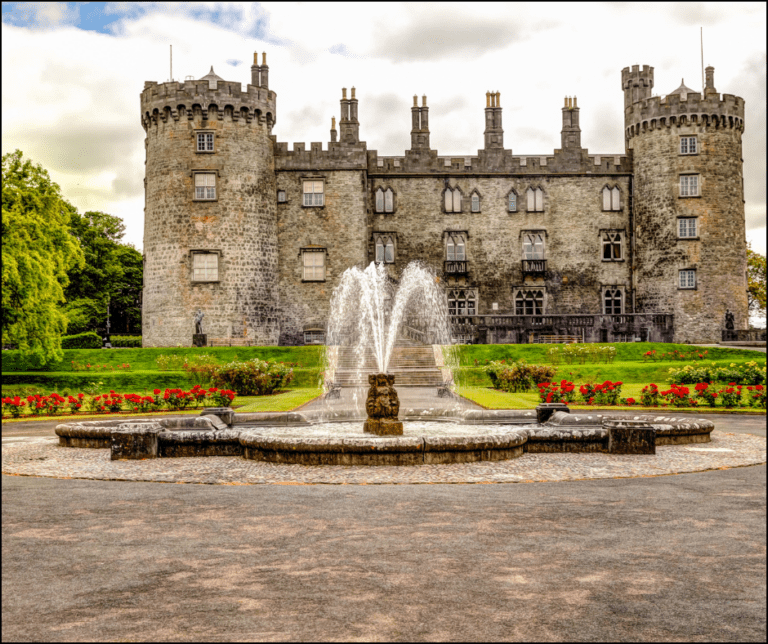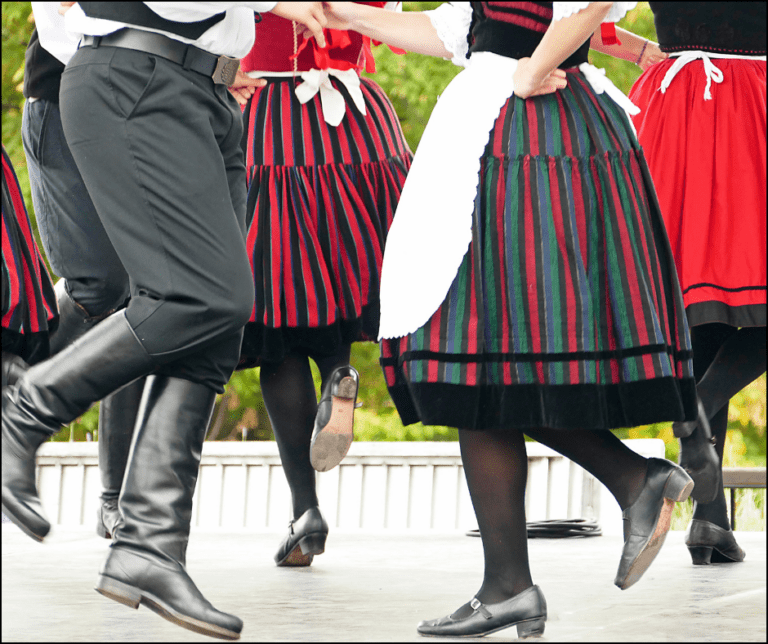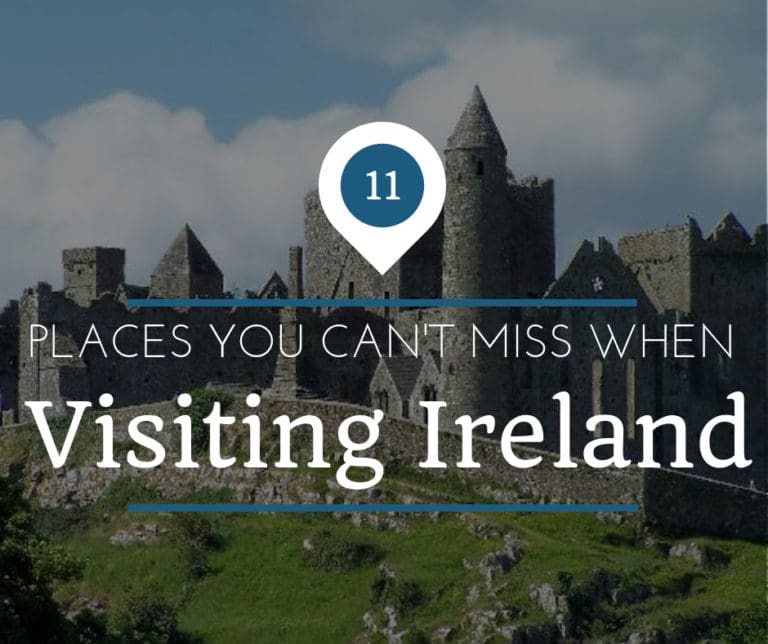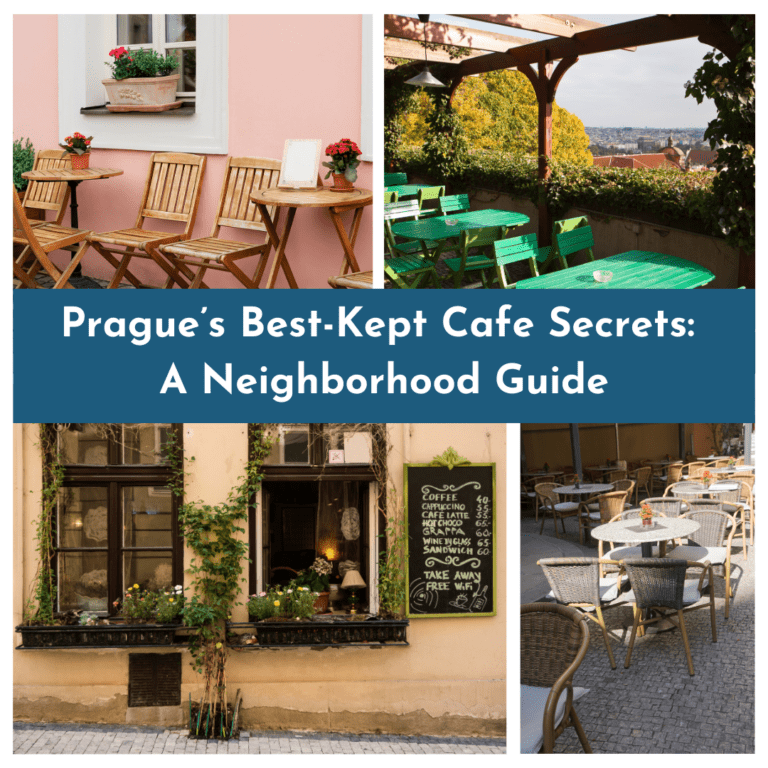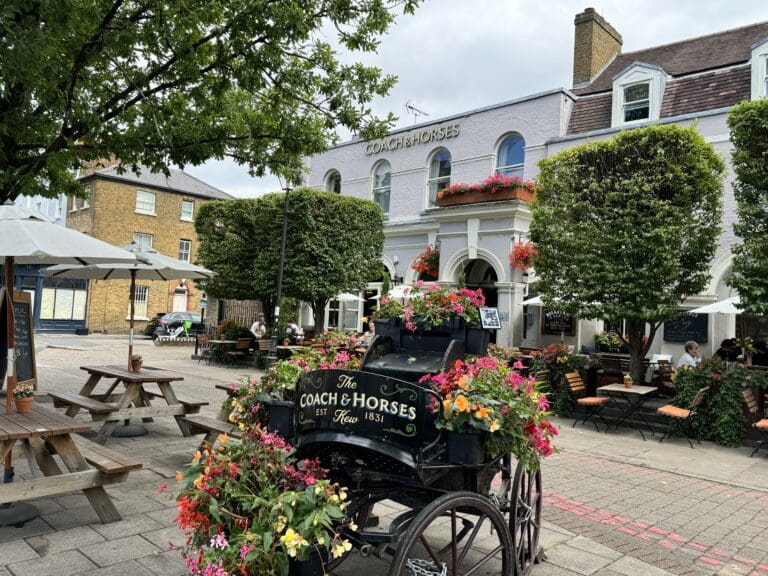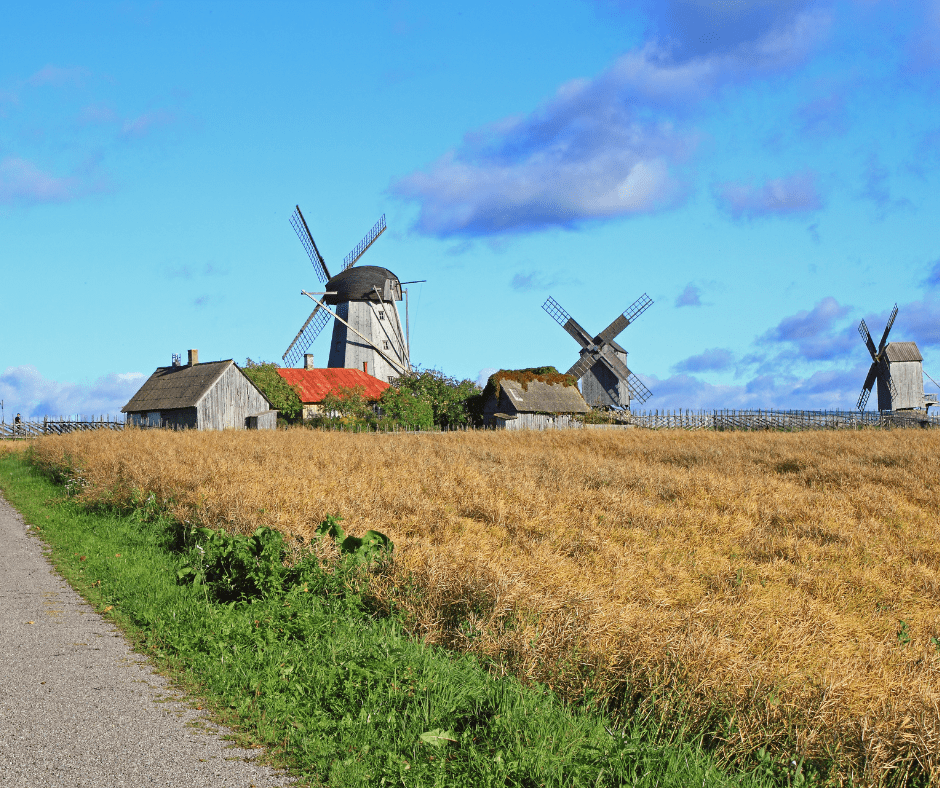
Estonia, perched along the Baltic sea, unveils a hidden treasure: an archipelago of over 1,500 islands. Each island presents a unique fusion of history, nature, and culture, promising unforgettable adventures.
This overview highlights some captivating islands, each with its unique allure. Whether you crave historical landmarks, serene landscapes, or lively local culture, Estonia’s islands are the perfect escape.
Saaremaa: Where History Meets Relaxation
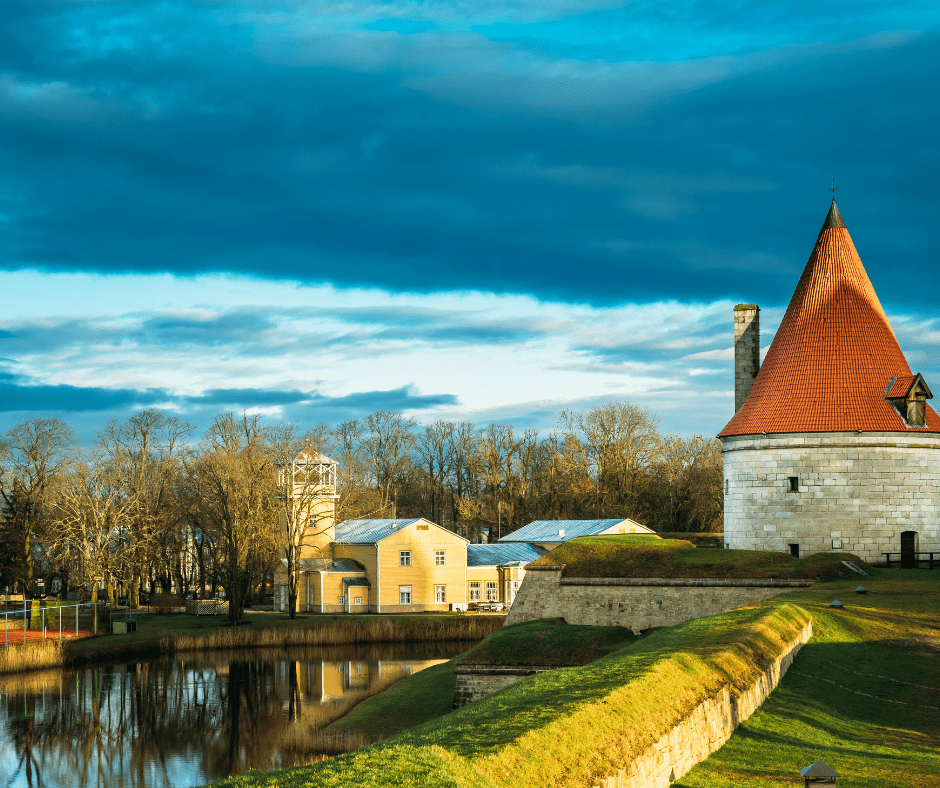
Estonia’s largest island, Saaremaa, offers a rich tapestry of cultural experiences and relaxation. The grand Kuressaare Castle, a 14th-century fortress, stands as a monument to the island’s past. Visitors can wander its grounds, delve into exhibitions, and even attend lively events held within its walls.
Nature enthusiasts will be enthralled by the Kaali Meteorite Crater, one of the largest in Europe. Explore the crater, learn about its fiery origins, and admire the surrounding scenic beauty.
The island is also renowned for its spa culture. Indulge in traditional treatments and revitalize your mind and body at one of Saaremaa’s many renowned spas.
Hiiumaa: Lighthouses & Natural Wonders

Steeped in history, Hiiumaa is a paradise for lighthouse enthusiasts. The iconic Kõpu Lighthouse, one of the oldest globally, and the majestic Tahkuna Lighthouse, offering stunning vistas, are must-visits. Take a tour, learn about their significance, and capture breathtaking photos.
Hiiumaa boasts a unique natural treasure – Kassari Island. This smaller island, accessible by a short causeway, is a haven for nature lovers. Traverse its scenic trails, observe diverse birdlife, and immerse yourself in the beauty of the local flora and fauna.
The island’s pristine beaches are another highlight. Luidja beach, with its soft sand and tranquil waters, is ideal for families, while Ristna beach offers a more secluded experience perfect for surfers. Enjoy swimming, sunbathing, or simply unwinding by the serene coastline.
Kihnu: A Living Museum of Estonian Culture

Nestled in the Gulf of Riga, Kihnu Island is a UNESCO-recognized bastion of Estonian cultural heritage, cherished for its lively traditions and close-knit community spirit. This small yet captivating island offers visitors a profound journey into a world where tradition thrives and history comes alive.
Renowned for its lively folk music, spirited dances, and distinctive traditional attire, Kihnu presents a colorful mosaic of customs passed down through generations. Local museums, such as the Kihnu Museum, provide fascinating insights into the island’s history, showcasing artifacts and exhibits that narrate tales of resilience and cultural preservation.
Throughout the year, Kihnu Island pulsates with a vibrant calendar of cultural events and festivals. The annual Kihnu Virve Festival celebrates the island’s musical heritage with lively performances of traditional songs and dances, offering a glimpse into the community’s deep-seated cultural pride.

Planning a Trip to Europe?
We can help create your perfect itinerary!
- Worried you'll miss the hidden gems?
- How long should you stay in each place?
- What should you see and what should you avoid?
- Should you rent a car, train it, or both?
Muhu: A Journey Back in Time

Muhu Island, adjacent to Kihnu in the Gulf of Riga, offers a serene escape into Estonia’s past and present. With rolling countryside and quaint villages, this picturesque island beckons visitors to explore its rich heritage and natural beauty.
History is woven into its landscape, dotted with ancient stone churches, windmills, and traditional thatched-roof houses that evoke a sense of bygone eras.
The Muhu Museum stands as a testament to the island’s enduring traditions, showcasing artifacts and exhibits that illuminate its history from prehistoric times to the present day.
Visitors can delve into the island’s folklore and local customs through guided tours and interactive displays that bring the past to life.
Central to Muhu’s cultural fabric is its artisan craftsmanship, celebrated for its intricate textiles, pottery, and woodwork. Artisans continue to preserve these traditional skills, offering workshops where visitors can learn the art of weaving colorful Muhu patterns or crafting handmade ceramics.
Local markets brim with handmade souvenirs and delicacies, providing opportunities to support local artisans and take home a piece of Muhu’s creative spirit.
Vormsi: Swedish Heritage in an Estonian Setting

Situated off Estonia’s western coast, Vormsi is renowned for its rich Swedish heritage, dating back to its settlement by Swedish-speaking people in the 13th century, and unique cultural experiences.
The island’s architecture reflects its Scandinavian roots, with traditional wooden houses and historic churches scattered amidst lush greenery.
Visitors can immerse themselves in Vormsi’s cultural tapestry by exploring charming villages, such as Hullo and Sviby, where Swedish influences are palpable in local customs and daily life.
Don’t miss the opportunity to visit the intriguing Vormsi Cemetery, known for its ancient ring crosses that stand as silent witnesses to the island’s history and enduring cultural traditions.
Prangli: A Fisherman’s Paradise

As one of the few inhabited islands in northern Estonia, Prangli offers visitors a glimpse into traditional village life set against a backdrop of sandy beaches and pristine landscapes.
Explore the island’s charming villages, where wooden houses painted in vibrant colors line narrow streets adorned with wildflowers.
Indulge in local seafood delicacies, freshly caught and prepared with time-honored recipes that highlight the island’s maritime heritage and culinary traditions.
Essential Tips for Exploring Estonia’s Islands:

Exploring Estonia’s enchanting islands is both accessible and rewarding, thanks to regular ferry connections from mainland Estonia and additional flight options to some islands.
Each season offers its unique charm: spring, summer, and early fall provide ideal conditions for outdoor activities, while winter transforms the islands into serene wonderlands, perfect for cozy spa retreats and winter sports.
Getting There:
- Ferries: Regular ferry services connect the mainland to the islands, offering a scenic and convenient way to travel. Book tickets in advance during peak seasons.
- Flights: Some islands, such as Saaremaa and Hiumaa, have small airports with regular flights from Tallinn.
Best Times to Visit:
- Spring and Summer: Ideal for hiking, cycling, and beach activities. Enjoy long daylight hours and vibrant festivals.
- Fall: Perfect for enjoying the colorful foliage and milder temperatures, along with harvest festivals and local markets.
- Winter: Experience a tranquil winter wonderland with opportunities for spa retreats, cozy fireside evenings, and winter sports like ice skating and cross-country skiing.
Accommodation:
- Hotels and Guesthouses: Comfortable and convenient, with many located in scenic spots or historical buildings.
- Farm Stays and Cottages: For a more authentic experience, stay in converted farms or charming cottages, often with modern amenities and picturesque surroundings.
- Camping: For nature enthusiasts, several islands have well-equipped campsites, allowing you to immerse yourself in the natural beauty.
From historical landmarks and natural wonders to unique cultural traditions and serene beaches, Estonia’s islands offer a kaleidoscope of experiences for every traveler.
For more insights and detailed planning, get in touch with Travelin Jack, Guidester’s dedicated travel advisor.

Jack Baumann
President of Guidester
Jack Baumann has lived and traveled throughout Europe for over 15 years, creating Guidester in 2014. Over the years Guidester has developed into a unique travel concierge and tour company helping travelers make the most of their trip to Europe.
The Ultimate Pre-Travel Checklist
Download ‘10 Crucial Things To Do Before Traveling Abroad’ to avoid mistakes and ensure a smooth trip; adapters and electronics, packing tips, foreign currency, phone plans, and more!


